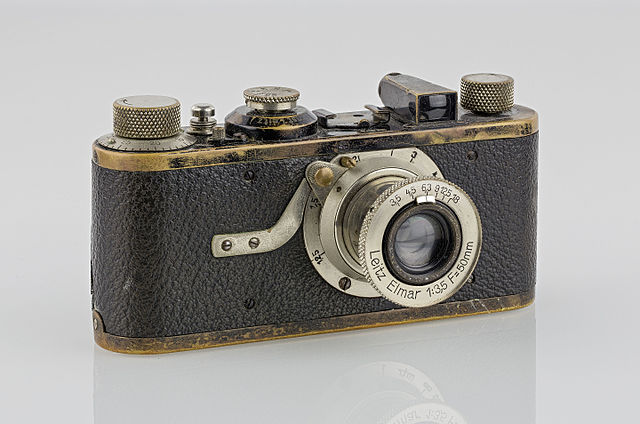Here's a close-up of a Leica DC Vario Summilux. Note where the arrow points.
This part is not movable—it's just a part of the lens's casing structure. The side surface is crossed by the front surface of the casing and the manufacturer made a flat face there—which is quite reasonable because having metal cut at straight angle would not be user-friendly. The flat face is then covered in carefully crafted notches which are typical for various control wheels where they allow for better grip. This part is not for gripping, so notches don't seem to make any sense here.
What's the practical purpose of these notches?




